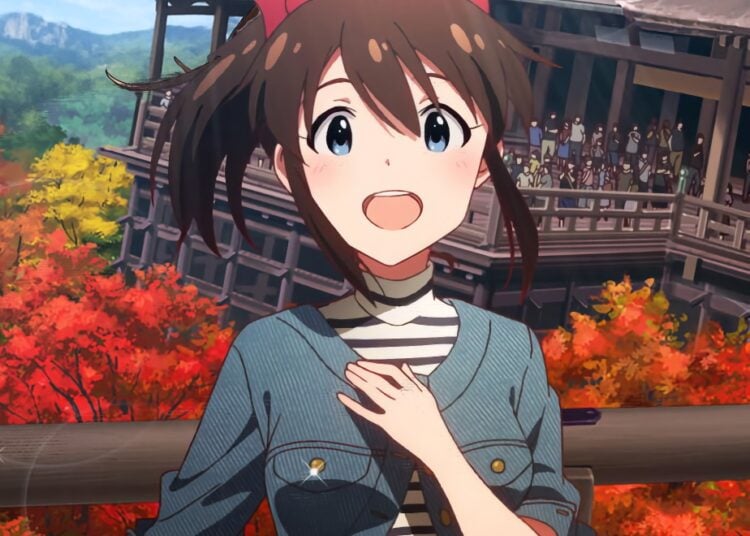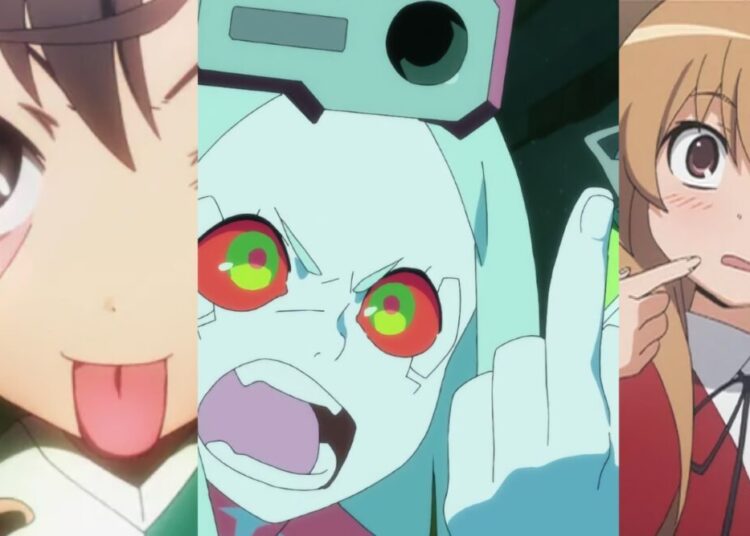When I first got to Japan, I was determined to get out and see the country, but it was difficult since it can be costly to travel here and I was a “bimbo” ESL teacher. (Through a linguistic accident, binbo happens to mean “poor” or “penniless” in Japanese, making it mildly fun to start conversations with Japanese girls by asking, “Are you bimbo?” and watching them nod yes.) Then I found out about the Youth 18 Ticket, a special ticket JR sells that basically lets you go anywhere on a JR line for a day for $24, as long as you don’t mind taking only the local, slow trains (i.e. no Shinkansen). It’s an interesting way to travel since it’s cheap, completely removed from the “touristy” side of the country, and you’ll be guaranteed to see a side of the country you couldn’t easily see otherwise. Of course, this method of traveling around Japan is only recommended to people who have lots of time but very little money, since it took me 14 hours to get to Osaka from Tokyo. The better way to get around is a JR Rail Pass that lets you use all the fast trains, which is unfortunately unavailable to anyone living inside Japan.
Taking my slow train trip to Osaka way I learned about the concept of hito to me, the social engine at work that makes Japanese society seem so uniform to outsiders. It works like this: basically, people usually avoid doing something that will stand out as strange. For my long train journey I’d brought a small folding chair with me, so I’d have a seat in case one of the trains I’d be taking was crowded. However, I soon learned that it was too embarrassing to be the only one sitting on a little folding chair, and I was unable to bring myself to cross that line. I’m a Mazda Miata fan, and have a car in San Diego and one in Japan. While I love driving my “open car” in San Diego even in February, it takes too much courage to be the only gaijin in my city driving with the top down in the winter.
















